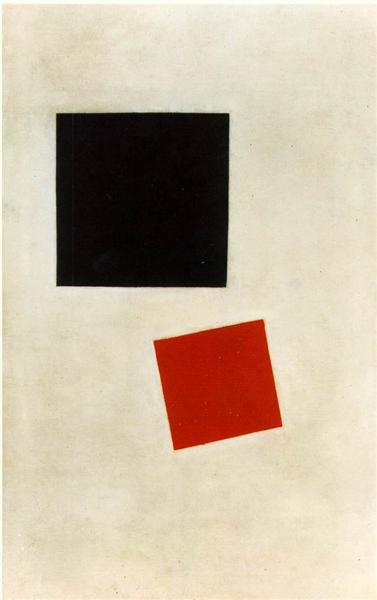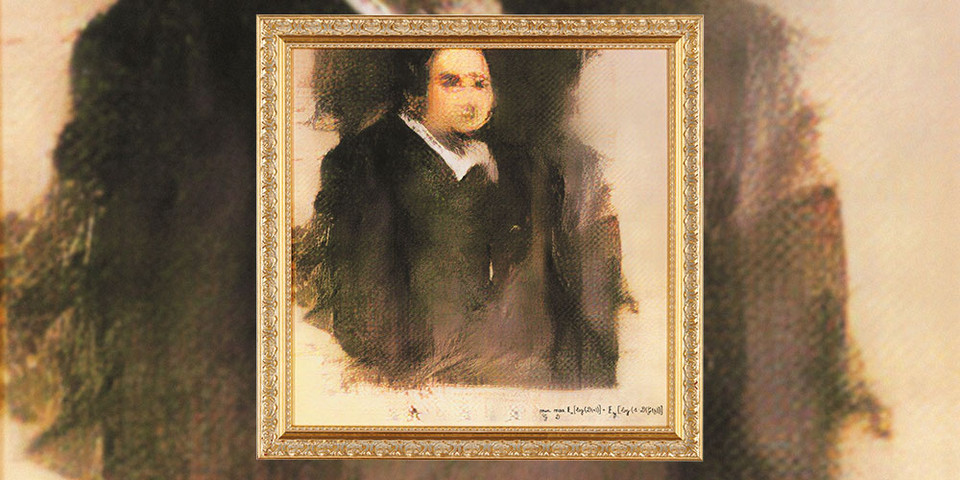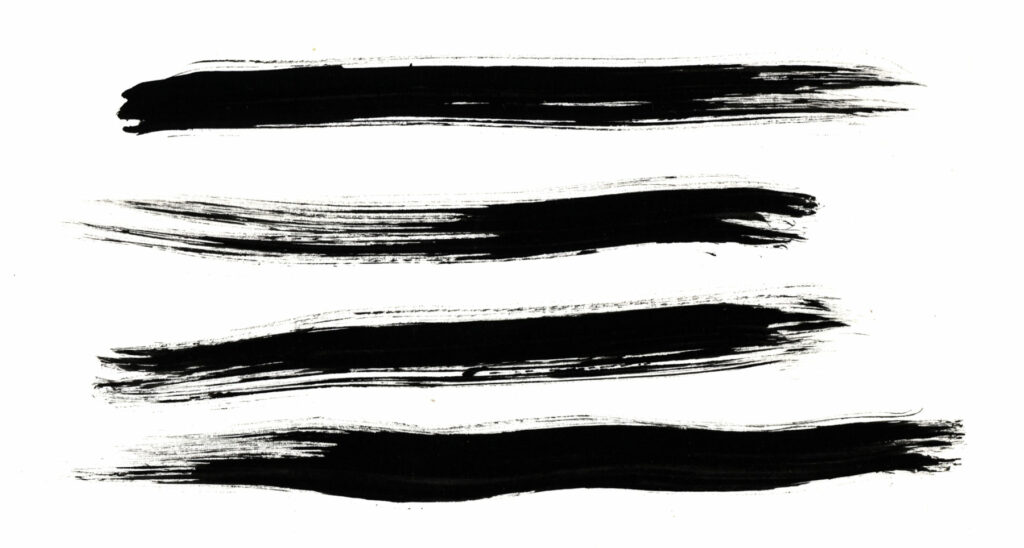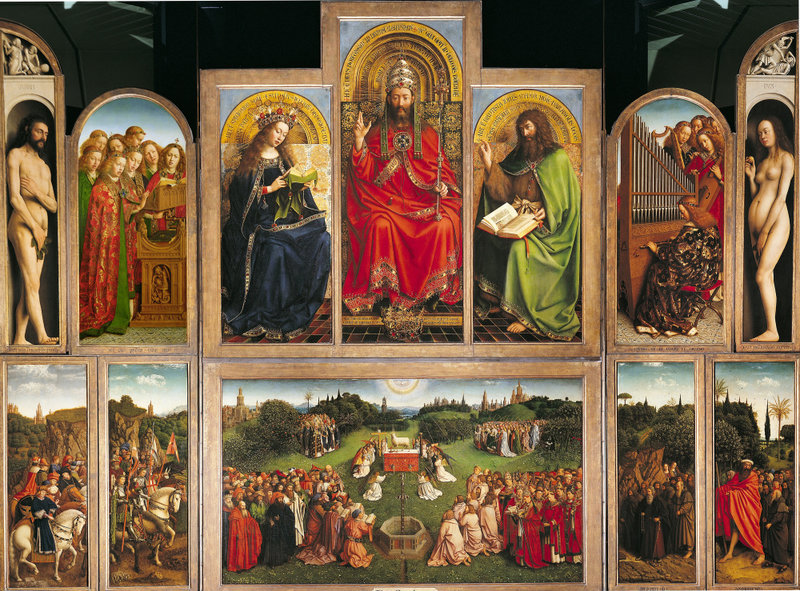Almost two years ago, an unusual case shook the art world. Art theft and forgery are not uncommon but claiming an exhibited art piece to be “Fake” definitely induce disorder. The issue arose when in a German public collection, a painting thought to be made by artist Kazimir Malevich in 1915 was labeled as counterfeit and a judicial trial was held to seek the truth. Some witnessed and art experts said that it was original enough and “could hang in Stedelijk” while some stated to the authorities that such works were terribly “awful imitations”.
A similar case in 2018, led to the closure of the Ghent Museum of Fine Art in Belgium after some of the artwork raised suspicion among the critics and as a result, the director of the museum was suspended. These are troublesome matters that occur frequently in the world of art and not only cause harm to the reputation but do monetary damage as well. One may ask why not come up with a solution to address such recurrent inconveniences? Well, we might have an answer now: Artificial Intelligence.

Usually, when we think of AI, it is in terms of machine learning for robots or better technology for industries. Art and AI are a combination that few have heard of. It might be because it is still in the growth phase but surely a lot of work is being through combining these two and just like every other field, AI may conquer art as well in the future.
A look into AI’s contribution to the art
At the moment, AI is playing diverse roles in art. From art investigation to creating art, it has managed to make its place in this diverse area. Art forgeries investigation and general study are pretty tough jobs and take up a lot of money and time. There is the use of methods like spectroscopy with infrared radiations, numerous types of separation techniques like gas chromatography, etc. But Artificial Intelligence, being the brilliant thing it is, can do this job without all these expensive resources and only needs an art piece to do the investigation. Before discussing that, it should be noted that AI is not just probing into art, it is also creating it!
Yes, you read that right. Don’t feel threatened that AI will take over your Crayola makers or your paintbrushes and strip you of your creativity. That is not going to happen anytime soon. But it most definitely is creating art using digital techniques and advanced algorithms and has even managed to auction a piece at Christie’s titled “Portrait of Edmond Belamy” at a hefty price of $432,500.

Such type of artificial art generation has been going for around 50 years and coding enables it to learn aesthetic and creative values by interpreting and looking at thousands of images. A new system called generative adversarial network (GAN) has been designed by researchers which pair a generator for making images with a discriminator that analyzes the pictures. The combination enables the creation of an intricately done art piece. In a survey conducted with the public, it was found that people liked the AI art more than human-made paintings and considered it to be more inspiring and complex.
Beware, art forgers!
For recognizing whether a presented art piece is real or not, new and powerful Artificial Intelligence technologies are being created and developed that can accurately detect forgeries. A team at Rutgers developed a process that analyzed three hundred drawings by famous artists including Picasso and Egon Schiele at the tiny level of strokes. The designed algorithm was then put to test and the success rate reached up to 80 percent.

The gestures, shape, and even the speed of the brush stroke is inspected and uncovers a lot of information and provides very useful data. Just an image is needed to judge if it is really original or made in an amateur workshop. A big database is extremely helpful and with more improvements, the practical use of this technology would be immense. The team is hopeful that it will be “a hugely valuable addition to the arsenal.”
AI as a tool for art conservation
Artificial Intelligence has also penetrated various other domains of art and a recent project that gained worldwide attention was its use for uncovering hidden details in old masterpiece paintings including the renowned Ghent Altarpiece. In investigative research done by a team from UCL, digital X-ray images of a high resolution were studied and viewed using AI which helped in the conservation of the piece. For those who might not know about it, Ghent Altarpiece is a famous twelve-panel painting made by Netherlandish brothers Hubert and Jan van Eyck. For studying it, new algorithms and X-ray images of the different panels of the altarpiece were used and later made into two clear and detailed images. Usually, the use of X-ray images of paintings is hard to interpret for everything gets in the path of the rays and especially in retouched pieces.
Recently, X-ray imaging was used to uncover a hidden painting underneath Picasso’s La Misereuse accroupie (The Crouching Beggar). On the surface it is an image of a figure in a blanket and a scarf but underneath it lies a landscape painting as revelated through the imaging techniques. Moreover, it showed the creative process of how Picasso painted the figure. Other methods implying the study of the chemical nature of pigments were used as well. But as mentioned before, in such processes X-ray images may get mixed up and these signals need to be separated to perform detailed study and accurate interpretation.

Researchers proposed a Convolutional Neural Network (CNN) based self-supervised network. Through this method, signals of varying origin are captured and accurately separated, something that other similar approaches haven’t been able to successfully perform. AI separates these images and original master paintings are made visible which helps in the conservation and restoration process like it is doing for the Ghent Altarpiece investigation being done by the Royal Institute for Cultural Heritage (KIK-IRPA). Such approaches give insight into the hidden details and technicalities that are not visible to the naked eye. The potential can be used to evaluate how a masterpiece was developed and how unique and iconic works of art can be saved from different threats. Conservationists and academics have commended the use of AI and are pleased with the turnout of the data that can be used for various purposes.
A bright creative future
AI still lacks behind in a lot of the things but surely it won’t take a long time to catch up and perform even more extraordinary feats and otherwise impossible tasks. One should appreciate the accomplishments so far, from identifying fake and forged paintings to baring the secrets in an artwork, it is becoming a right hand for the art investigators and even for art enthusiasts who feel the need to respect and admire beautiful creations without any doubts or fears. It is a creative tool, not threatening as some may perceive, but a promising aid to the future of art.
Also Read: It’s time to talk about Robot Ethics

Maham Maqsood is a science communicator and co-founder at Scientia Pakistan. She is currently doing Masters in Biochemistry at the Middle East Technical University, Turkey. She has over five years of experience in science communication and outreach, collaborating with researchers, educators, and communicators to develop effective strategies and content for various platforms and events.

